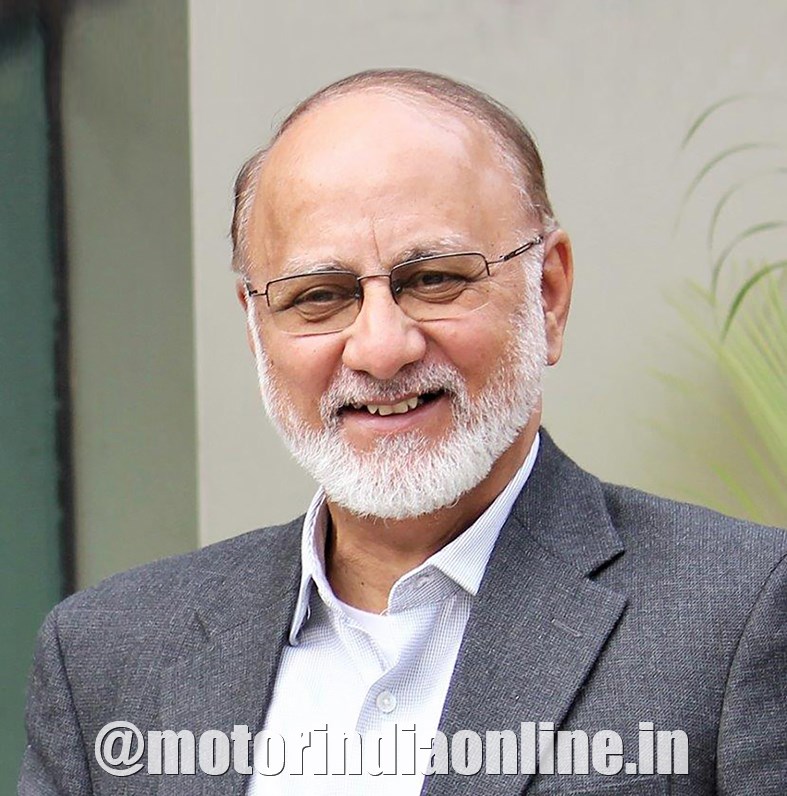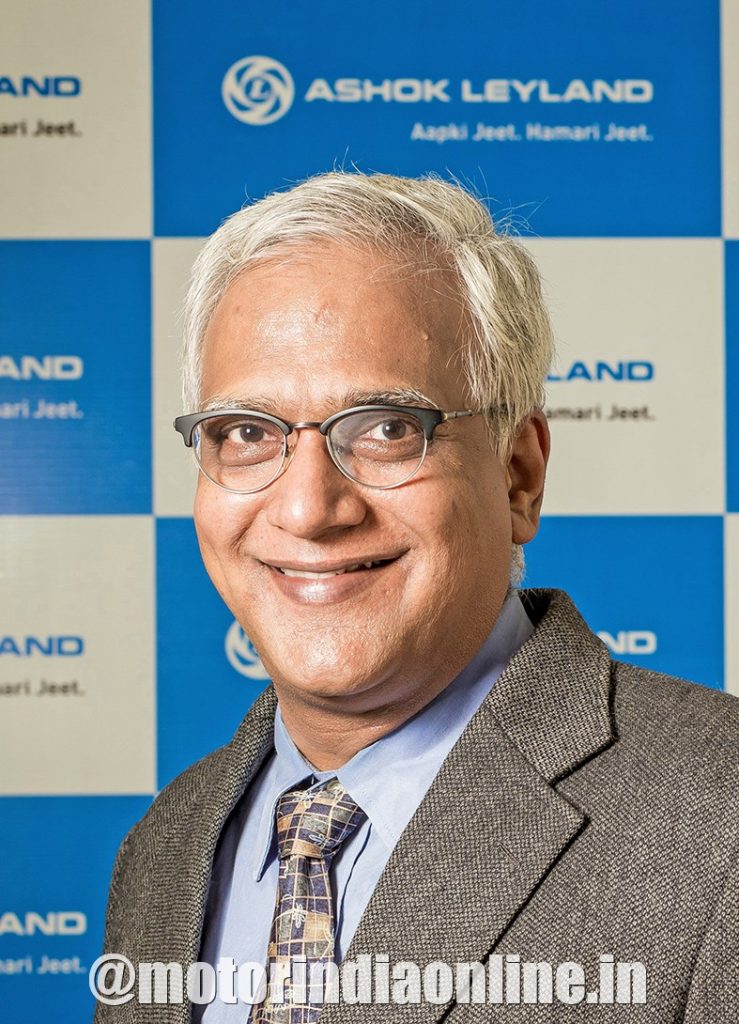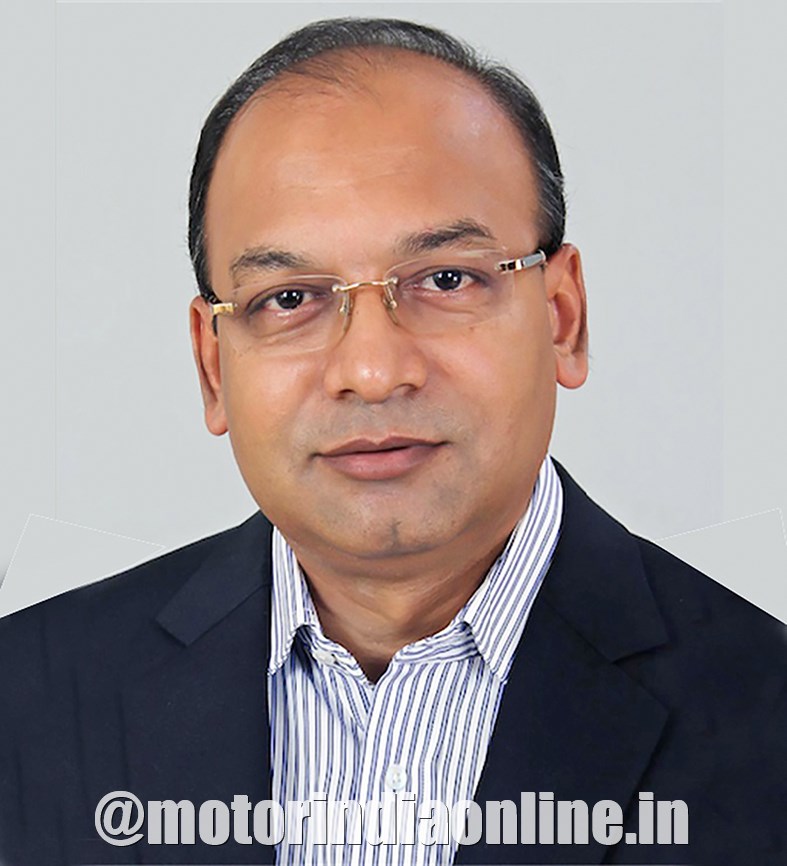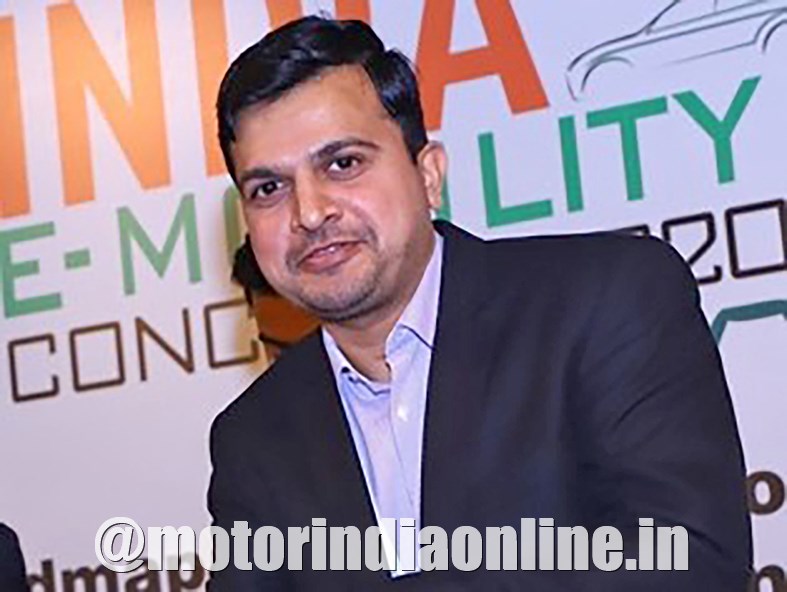EV Tech News’s first-in-series LIVE webinar panel brought experts from the electric vehicle industry to deliberate on state of affairs of EV adoption in India, including new opportunities and challenges out of the ongoing pandemic, and things to be done put the EV transition back on track. Dhiyanesh Ravichandran reports
Electric vehicles are getting fair attention in India in recent years, thanks to concerted efforts on part of governments and industry stakeholder in promoting zero-emission electric vehicles as pragmatic solutions to sustainability issues facing conventional mobility systems in the country. With the domestic industry dominated by two- and three-wheelers that are relatively easier to electrify and push electric mobility among the masses, the opportunities for EVs and their localised development in the country is immense.

Plus, India is one of the largest automotive manufacturing hub and a fastest growing shared mobility market in the world, a quicker and seamless transition to electric mobility is quite plausible. However, there are several short- and long-term hurdles in the path of mass EV adoption in the country. Industry stakeholders and policy makers need to invest time and money for the EV ecosystem to truly flourish, more so at the time when the COVID-19 pandemic is creating new sets of challenges and opportunities, making the narrative trickier even further.
Standing firm on that note, EV Tech News organised its first-ever live ‘thought leadership session’ on the title “Challenges and Opportunities in EV space in post-COVID era” to discourse on the domestic electric vehicle market, touching upon its key narratives, challenges, prospects, policy reforms, and technological approaches. The webinar panel was held in association with MOTORINDIA, one of India’s leading B2B magazines focusing on the commercial vehicle segment, along with BorgWarner as technology partner. The session was moderated by Nitin Shrotri, CEO – Quantum Leap Consultants.
In his opening remarks, Nitin Shrotri brought a larger picture of trends and discourse of EV adoption in the country, with a prediction that segments like public transportation (including city buses and passenger three-wheelers) and commercialised personal mobility (cabs and other shared mobility) embracing electric-mobility in the next four years. The scooters and motorcycles will follow suit in the next 3-6 years, followed by passenger cars and commercial vehicles. While making a forecast on EVs in 2025, he opined that the biggest growth segments in terms of volumes will be electric two-wheelers and e-autos, followed by e-rickshaws, electric cars, and e-buses.

Speaking on the relevance of vibrant EV policies by governments in India’s path to EV adoption, Sohinder Gill, CEO – Hero Electric India, said “the Delhi EV policy has turned out to be an eye opener for other states in subsidising electric vehicles, by augmenting the centre’s subsidy regime, to make them affordable in the next couple of years”. Despite all positives, Gill pointed out that the slow speed e-scooters which constitute a major chunk of sales are now rendered ineligible for subsidy, which would limit volume sales of EVs in the capital city. He also added that subsidisation of e-rickshaws with lead-acid batteries is an unfortunate step, which would further proliferation of lead-acid batteries in e-rickshaws by taking a toll on changing market preference towards lithium-ion batteries. Gill also spoke on the shortfalls of FAME II
Karthick Athmanathan, SVP and head – emobility at Ashok Leyland, opined that India’s road map on electric mobility and growth forecasts might see 1-2 years setback owing to the pandemic. “India is a price driven country, and costs are going to be driving factor for electrification of vehicles” he said, while speaking on the importance of achieving cost-parity with EVs as against diesel. He suggested that the LCV segment might see migration much earlier than cars, thanks to operational advantages and push from e-commerce firms on electrifying last-mile delivery.

On the same note, Deb Mukherji, MD of Omega Seiki Mobility, brought out the advantages of EVs in e-commerce applications. He argued that electric three-wheelers promise TCO advantage of about 15-20 percent over their ICE counterparts. Further, Mukherji spoke on demand and supply side constraints in the EV industry, and opined that vehicle engineering approach, robust technology supply chain, tech-agnostic platforms, and innovation can bring success to an EV business model.

With regard to infrastructure, N. Mohan, Deputy GM and Head (EV charging infrastructure) at EESL, discussed on the effectiveness of various EV charging infra business models and cost economics of charging stations. He brought out key outcomes of EV charging business in Delhi, and claimed that the utilisation levels of public charging stations (PCS) till date is just between 5-20 percent. Mohan also stressed on the need for enhanced training and service support from OEMs for electric vehicles users to make the EV transition with ease.
As a concluding remark for the session, Sohinder Gil – who is also the director general of SMEV (Society of Manufacturers of Electric Vehicles) – said that the EVs have taken a setback in the short-run, with the pandemic impacting the supply chain, investments on start-ups, and customer adoption. “But the positive part of the story is that personal vehicles have become a choice from safety point of view, and there is a clear trend of buyers affordable and low running costs products. Thus, EV in the medium term would recover soon”. There is a need for a deliberative and consultative policy formulation to give a clear directional path to the country on transitioning to EVs, he averred.